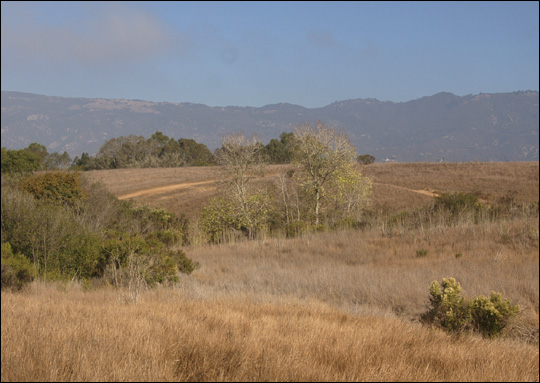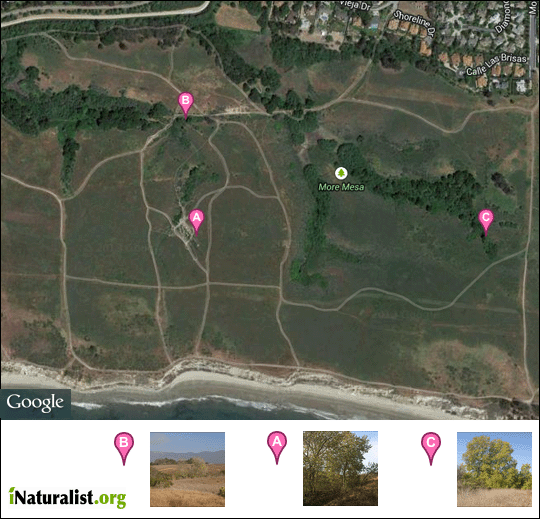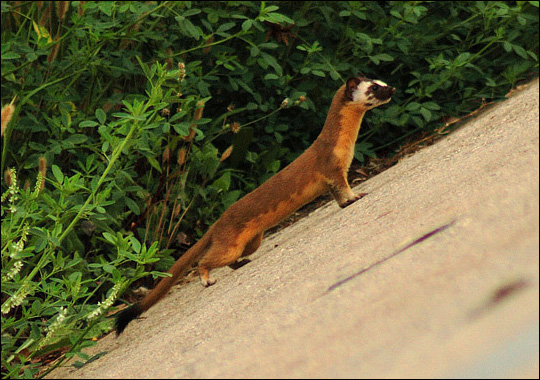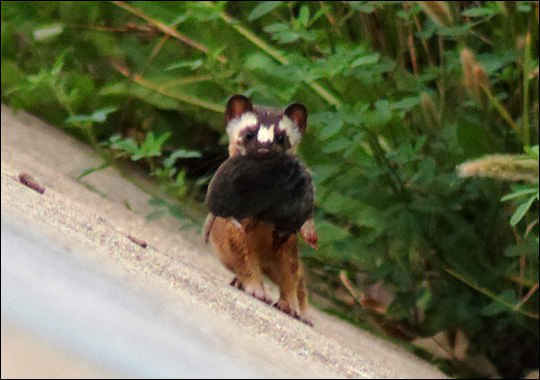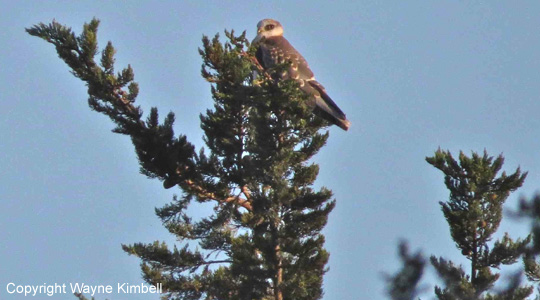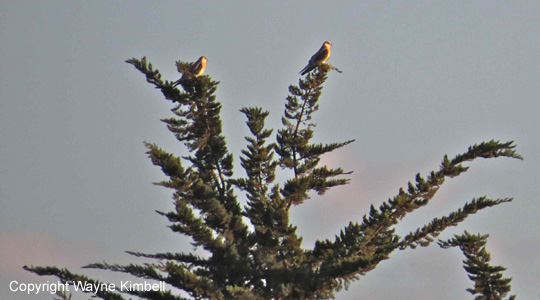It was a busy and productive year for More Mesa. As is our custom, below are the highlights for the year 2013.
More Mesa Sold
More Mesa was sold to a Saudi investor in mid-December of last year. Obviously MMPC is disappointed that the seller offered the property to the community for $35 million, but subsequently sold to the new owner for $25 million. However, it is important to remember that, even though we do not know the buyer’s plans, the legal instruments that govern More Mesa have not changed. Whoever owns the property must comply with the policies, standards and regulations of the County’s Goleta Community Plan and the California Coastal Act. This means that development will be restricted, public access will be maintained, and the habitat areas covering most of the property must be protected.
Citizen Scientists Busy At Work
-
iNaturalist: Early this year we introduced a new educational resource to our website, “More Mesa Natural Resources” on iNaturalist. With this new feature, supporters who report sightings become part of a well organized Citizen Scientist movement.
-
Sightings Reports: Unusual sightings were a real highlight of 2013. For example, a fox reported in July and a rare weasel in September. In addition, there were various sightings of our signature bird, the White-tailed kite. A total of three young were fledged on More Mesa. While this is a small fraction of the 8-12 chicks we observe in years with ample rainfall, our three chicks represent a third of all kites fledged in the entire Goleta Valley. Moreover, teams of kite observers noted that 2/3 of all the kite nests in the Goleta Valley were abandoned by late May. These data show, once again, how important More Mesa is to the survival of kites in our area.
Monthly e-mail Update Well Received
May of this year saw the inauguration of our Monthly e-mail Update. This report is sent to all our supporters who have supplied us with an e-mail address and contains the following information: potential development, answers to frequently asked questions, what’s happening on More Mesa, the past and ways that our supporters can help.
Plans for the 2014
- Symposium: Update to Symposium of 2003 – March
- Potential Forum: Views about More Mesa from Candidates for Second District Supervisor – Spring
- Dialogue with the new owner: We look forward to working with the new owner in a manner that not only protects the biological, aesthetic and recreational resources of More Mesa, but also addresses his interests, as well as those of other More Mesa stakeholders.
As always … thank you all for your wonderful support, and for loving this very special place.
Our warmest holiday wishes,
Valerie Olson
More Mesa Preservation Coalition
